Pyran compounds
Pyrans refer to hexaheterocyclic compounds containing one oxygen atom, including two isomers- α-pyran and γ-pyran. Pyran without substituents has not been found, but pyran derivatives are widely found in nature. α-pyrone and γ-pyrone mainly exist in plants. Benzopyran (chromene), chromone, coumarin, flavonoid, isoflavone and anthocyanin can be regarded as pyran derivatives.
The electronic structure of pyran is similar to that of benzene. The oxygen atom in the hexaheterocyclic ring has a strong alkalinity. Pyran is stabilized after its salification. Many important natural substances such as pigments, sugars, antibiotics and alkaloids, contain the ring system of pyran or pyrylium salts. E.g. six-member ring hemiacetal structures in the form of pentose or hexose are called pyranose.
Pyrone can be considered as the product of oxidation methine part of pyran into carbonyl group. A-pyrone, as the lactone of 5-hydroxy-2,4-pentadienoic acid, can participate in the hydrolysis reaction under acid-base catalysis, also can be catalytically hydrogenated into 5-hydroxyvalerate lactone, although its carbonyl is not easy to reduced. A-pyrone can also participate in diene synthesis. Γ-pyrone is different, it has a significant aromaticity. Although it is an unsaturated ketone, it cannot form hydrazone with phenylhydrazine. Also its carbonyl is not prone to reduction reaction. Some important medicines such as erythromycin and dihydrostreptomycin contain a tetrahydropyran ring. Many carbohydrates contain tetrahydropyran ring structures.
- Structure:
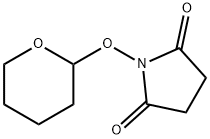
- Chemical Name:N-(TETRAHYDRO-2H-PYRAN-2-YLOXY)SUCCINIMIDE
- CAS:55610-40-7
- MF:C9H13NO4
- Structure:
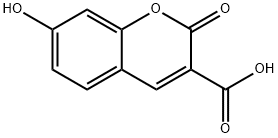
- Chemical Name:7-HYDROXYCOUMARIN-3-CARBOXYLIC ACID
- CAS:779-27-1
- MF:C10H6O5
- Structure:
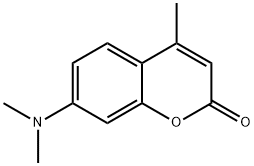
- Chemical Name:7-Dimethylamino-4-methylcoumarin
- CAS:87-01-4
- MF:C12H13NO2
- Structure:

- Chemical Name:2-METHOXYTETRAHYDROPYRAN
- CAS:6581-66-4
- MF:C6H12O2
- Structure:
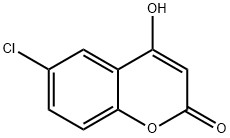
- Chemical Name:6-CHLORO-4-HYDROXYCOUMARIN
- CAS:19484-57-2
- MF:C9H5ClO3
- Structure:
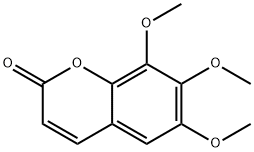
- Chemical Name:6,7,8-TRIMETHOXYCOUMARIN
- CAS:6035-49-0
- MF:C12H12O5
- Structure:

- Chemical Name:Tetrahydro-4H-Pyran-4-one
- CAS:143562-54-3
- MF:
- Structure:
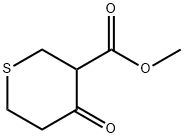
- Chemical Name:METHYL TETRAHYDRO-4-OXO-2H-THIOPYRAN-3-CARBOXYLATE
- CAS:4160-61-6
- MF:C7H10O3S
- Structure:
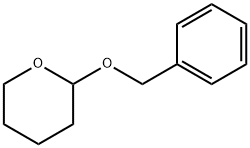
- Chemical Name:2-BENZYLOXYTETRAHYDROPYRAN
- CAS:1927-62-4
- MF:C12H16O2
- Structure:
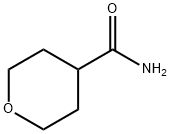
- Chemical Name:TETRAHYDRO-2H-PYRAN-4-CARBOXAMIDE
- CAS:344329-76-6
- MF:C6H11NO2
- Structure:

- Chemical Name:2-(TETRAHYDRO-PYRAN-4-YL)-ETHANOL
- CAS:4677-18-3
- MF:C7H14O2
- Structure:
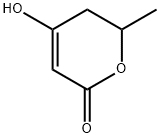
- Chemical Name:5,6-DIHYDRO-4-HYDROXY-6-METHYL-2H-PYRAN-2-ONE
- CAS:33177-29-6
- MF:C6H8O3
- Structure:
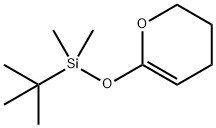
- Chemical Name:3,4-DIHYDRO-6-[(TERT-BUTYL)DIMETHYL SILYLOXY]-2H-PYRAN
- CAS:130650-09-8
- MF:C11H22O2Si
- Structure:

- Chemical Name:2-HYDROXYTETRAHYDROPYRAN
- CAS:694-54-2
- MF:C5H10O2
- Structure:
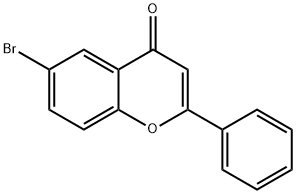
- Chemical Name:6-BROMOFLAVONE
- CAS:1218-80-0
- MF:C15H9BrO2
- Structure:

- Chemical Name:3-CHLOROCOUMARIN
- CAS:92-45-5
- MF:C9H5ClO2
- Structure:
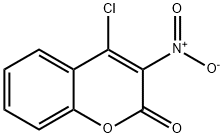
- Chemical Name:4-CHLORO-3-NITROCOUMARIN
- CAS:38464-20-9
- MF:C9H4ClNO4
- Structure:
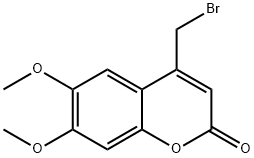
- Chemical Name:4-BROMOMETHYL-6,7-DIMETHOXYCOUMARIN
- CAS:88404-25-5
- MF:C12H11BrO4
- Structure:

- Chemical Name:2-(BROMOMETHYL)TETRAHYDRO-2 H-PYRAN
- CAS:34723-82-5
- MF:C6H11BrO
- Structure:
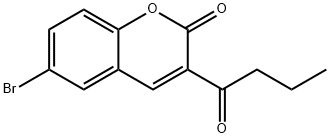
- Chemical Name:6-BROMO-3-BUTYRYL-2H-CHROMEN-2-ONE
- CAS:2199-83-9
- MF:C13H11BrO3
- Structure:
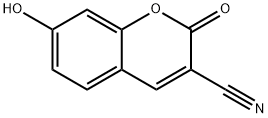
- Chemical Name:3-Cyano-7-hydroxycoumarin
- CAS:19088-73-4
- MF:C10H5NO3
- Structure:

- Chemical Name:2-(6-CHLOROHEXYLOXY)TETRAHYDRO-2H-PYRAN&
- CAS:2009-84-9
- MF:C11H21ClO2
- Structure:

- Chemical Name:4-AMINO-4-CARBOXYTETRAHYDROTHIOPYRAN HYDROCHLORIDE
- CAS:67639-41-2
- MF:C6H12ClNO2S
- Structure:
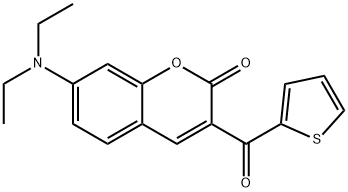
- Chemical Name:7-DIETHYLAMINO-3-THENOYLCOUMARIN
- CAS:77820-11-2
- MF:C18H17NO3S
- Structure:

- Chemical Name:2-(2-BROMOETHOXY)TETRAHYDRO-2H-PYRAN
- CAS:172797-67-0
- MF:C7H13BrO2
- Structure:
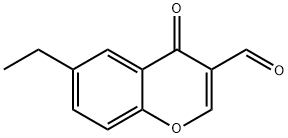
- Chemical Name:6-ETHYL-3-FORMYLCHROMONE
- CAS:42059-78-9
- MF:C12H10O3
- Structure:
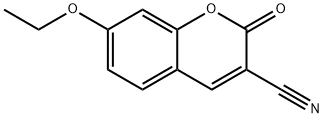
- Chemical Name:3-CYANO-7-ETHOXYCOUMARIN
- CAS:117620-77-6
- MF:C12H9NO3
- Structure:
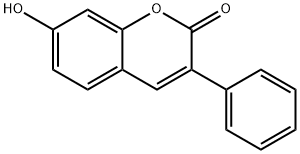
- Chemical Name:3-PHENYLUMBELLIFERONE
- CAS:6468-96-8
- MF:C15H10O3
- Structure:

- Chemical Name:5,6-DIHYDRO-4-METHOXY-2H-PYRAN
- CAS:17327-22-9
- MF:C6H10O2
- Structure:
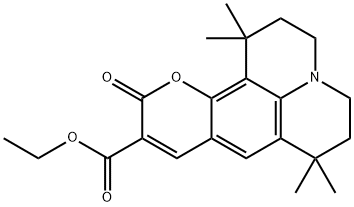
- Chemical Name:Coumarin 314T
- CAS:113869-06-0
- MF:C22H27NO4
- Structure:
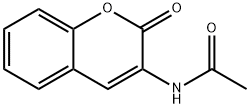
- Chemical Name:3-ACETAMIDOCOUMARIN
- CAS:779-30-6
- MF:C11H9NO3
- Structure:
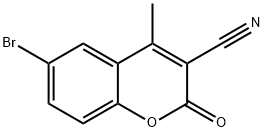
- Chemical Name:6-BROMO-3-CYANO-4-METHYLCOUMARIN
- CAS:56394-22-0
- MF:C11H6BrNO2
- Structure:

- Chemical Name:7-Propoxy-chromen-2-one ,97%
- CAS:6093-73-8
- MF:C12H12O3
- Structure:
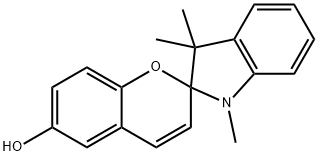
- Chemical Name:1',3',3'-TRIMETHYL-6-HYDROXYSPIRO(2H-1-BENZOPYRAN-2,2'-INDOLINE)
- CAS:23001-29-8
- MF:C19H19NO2
- Structure:

- Chemical Name:2-(6-BROMOHEXYLOXY)TETRAHYDRO-2H-PYRAN
- CAS:53963-10-3
- MF:C11H21BrO2
- Structure:
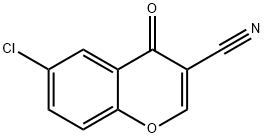
- Chemical Name:6-CHLORO-3-CYANOCHROMONE
- CAS:50743-20-9
- MF:C10H4ClNO2
- Structure:

- Chemical Name:2-OCTYLOXYTETRAHYDRO-2H-PYRAN
- CAS:70690-19-6
- MF:C13H26O2
- Structure:
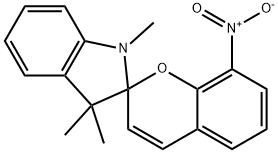
- Chemical Name:1',3',3'-TRIMETHYLSPIRO-8-NITRO(2H-1-BENZOPYRAN)-2',2'-INDOLINE
- CAS:5150-50-5
- MF:C19H18N2O3
- Structure:
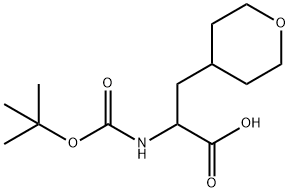
- Chemical Name:2-N-Boc-Amino-3-(4-tetrahydropyranyl)propionic acid
- CAS:182287-51-0
- MF:C13H23NO5
- Structure:
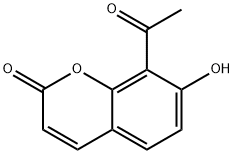
- Chemical Name:8-ACETYL-7-HYDROXYCOUMARIN
- CAS:6748-68-1
- MF:C11H8O4
- Structure:
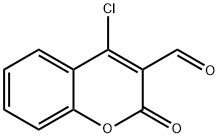
- Chemical Name:4-CHLORO-2-OXO-2H-CHROMENE-3-CARBALDEHYDE
- CAS:50329-91-4
- MF:C10H5ClO3
- Structure:
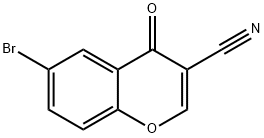
- Chemical Name:6-BROMO-3-CYANOCHROMONE
- CAS:52817-13-7
- MF:C10H4BrNO2
- Structure:
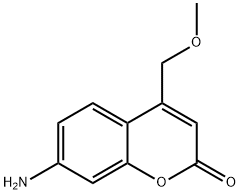
- Chemical Name:7-AMINO-4-(METHOXYMETHYL)COUMARIN
- CAS:175205-10-4
- MF:C11H11NO3
- Structure:
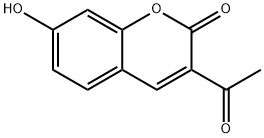
- Chemical Name:3-ACETYL-7-HYDROXY-2H-CHROMEN-2-ONE
- CAS:10441-27-7
- MF:C11H8O4
- Structure:
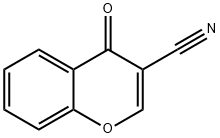
- Chemical Name:3-CYANOCHROMONE
- CAS:50743-17-4
- MF:C10H5NO2
- Structure:
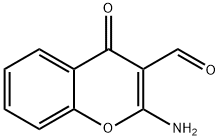
- Chemical Name:2-AMINO-3-FORMYLCHROMONE
- CAS:61424-76-8
- MF:C10H7NO3
- Structure:
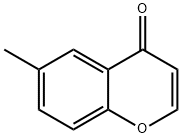
- Chemical Name:6-METHYLCHROMONE
- CAS:38445-23-7
- MF:C10H8O2
- Structure:
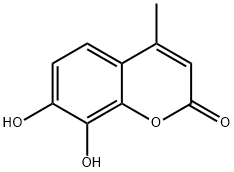
- Chemical Name:7,8-DIHYDROXY-4-METHYLCOUMARIN
- CAS:2107-77-9
- MF:C10H8O4
- Structure:
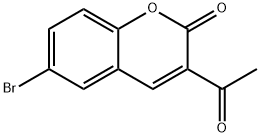
- Chemical Name:3-acetyl-6-bromo-2H-chromen-2-one
- CAS:2199-93-1
- MF:C11H7BrO3
- Structure:
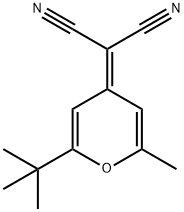
- Chemical Name:2-(2-tert-Butyl-6-methylpyran-4-ylidene)malononitrile
- CAS:225378-53-0
- MF:C13H14N2O
- Structure:
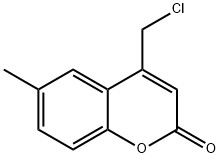
- Chemical Name:4-Chloromethyl-6-methyl-chromen-2-one ,97%
- CAS:41295-65-2
- MF:C11H9ClO2
- Structure:

- Chemical Name:2H-PYRAN-4-CARBOXYLIC ACID TETRAHYDRO ETHYL ESTER
- CAS:
- MF:C8H10O3
- Structure:
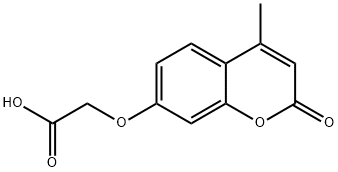
- Chemical Name:7-(CARBOXYMETHOXY)-4-METHYLCOUMARIN
- CAS:64700-15-8
- MF:C12H10O5
- Structure:
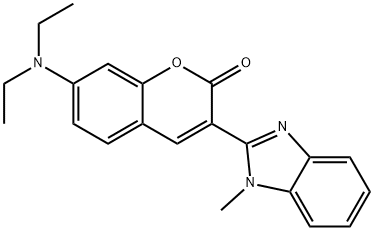
- Chemical Name:Coumarin 30
- CAS:41044-12-6
- MF:C21H21N3O2
- Structure:
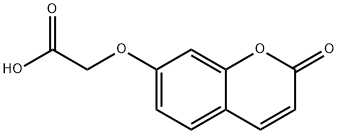
- Chemical Name:[(2-OXO-2H-CHROMEN-7-YL)OXY]ACETIC ACID
- CAS:126424-85-9
- MF:C11H8O5
- Structure:
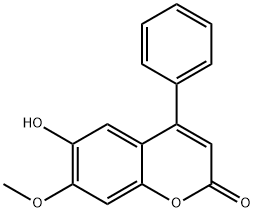
- Chemical Name:6-HYDROXY-7-METHOXY-4-PHENYLCOUMARIN
- CAS:482-83-7
- MF:C16H12O4
- Structure:
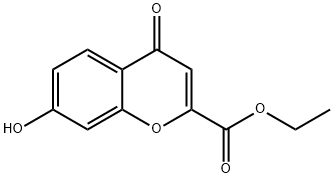
- Chemical Name:ETHYL 7-HYDROXY-4-OXO-4H-CHROMENE-2-CARBOXYLATE
- CAS:23866-72-0
- MF:C12H10O5
- Structure:
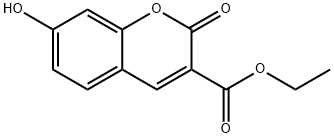
- Chemical Name:3-CARBETHOXYUMBELIFERONE
- CAS:6093-71-6
- MF:C12H10O5
- Structure:
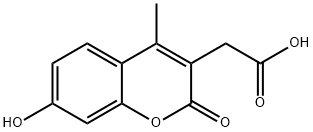
- Chemical Name:7-HYDROXY-4-METHYL-3-COUMARINYLACETIC ACID
- CAS:5852-10-8
- MF:C12H10O5
- Structure:

- Chemical Name:TETRAHYDRO-2H-PYRAN-4-YLACETYL CHLORIDE
- CAS:40500-05-8
- MF:C7H11ClO2
- Structure:
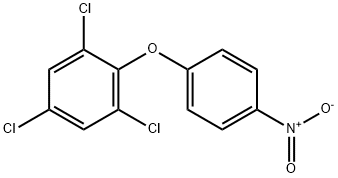
- Chemical Name:4-Cyanotetrahydropyran
- CAS:1836-77-7
- MF:C12H6Cl3NO3
- Structure:
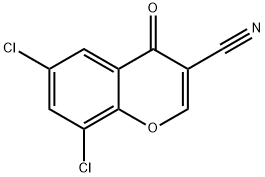
- Chemical Name:6,8-DICHLORO-3-CYANOCHROMONE
- CAS:72798-32-4
- MF:C10H3Cl2NO2
- Structure:
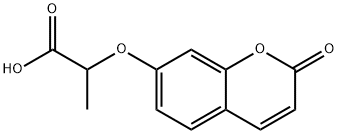
- Chemical Name:2-(2-OXO-2H-CHROMEN-7-YLOXY)-PROPIONIC ACID
- CAS:304889-93-8
- MF:C12H10O5
- Structure:
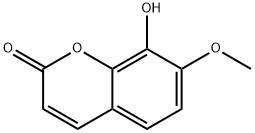
- Chemical Name:8-HYDROXY-7-METHOXYCOUMARIN
- CAS:19492-03-6
- MF:C10H8O4
- Structure:
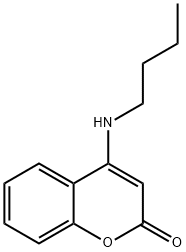
- Chemical Name:4-Butylamino-chromen-2-one ,97%
- CAS:21315-46-8
- MF:C13H15NO2
- Structure:
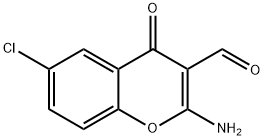
- Chemical Name:2-AMINO-6-CHLORO-3-FORMYLCHROMONE
- CAS:68301-77-9
- MF:C10H6ClNO3
- Structure:
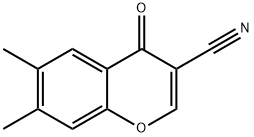
- Chemical Name:3-CYANO-6,7-DIMETHYLCHROMONE
- CAS:94978-86-6
- MF:C12H9NO2
- Structure:
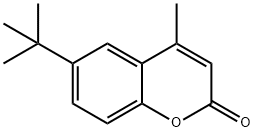
- Chemical Name:6-TERT-BUTYL-4-METHYLCOUMARIN
- CAS:17874-32-7
- MF:C14H16O2
- Structure:
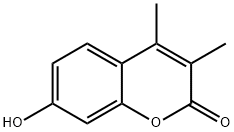
- Chemical Name:3,4-DIMETHYLUMBELLIFERONE
- CAS:2107-78-0
- MF:C11H10O3
- Structure:
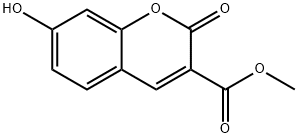
- Chemical Name:7-HYDROXY-2-OXO-2H-CHROMENE-3-CARBOXYLIC ACID METHYL ESTER
- CAS:86788-49-0
- MF:C11H8O5
- Structure:
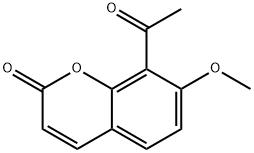
- Chemical Name:8-ACETYL-7-METHOXYCOUMARIN
- CAS:89019-07-8
- MF:C12H10O4
- Structure:

- Chemical Name:4-METHYLUMBELLIFERYL HEPTANOATE
- CAS:18319-92-1
- MF:C17H20O4
- Structure:
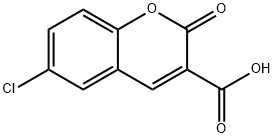
- Chemical Name:6-CHLORO-2-OXO-2H-CHROMENE-3-CARBOXYLIC ACID
- CAS:883-92-1
- MF:C10H5ClO4